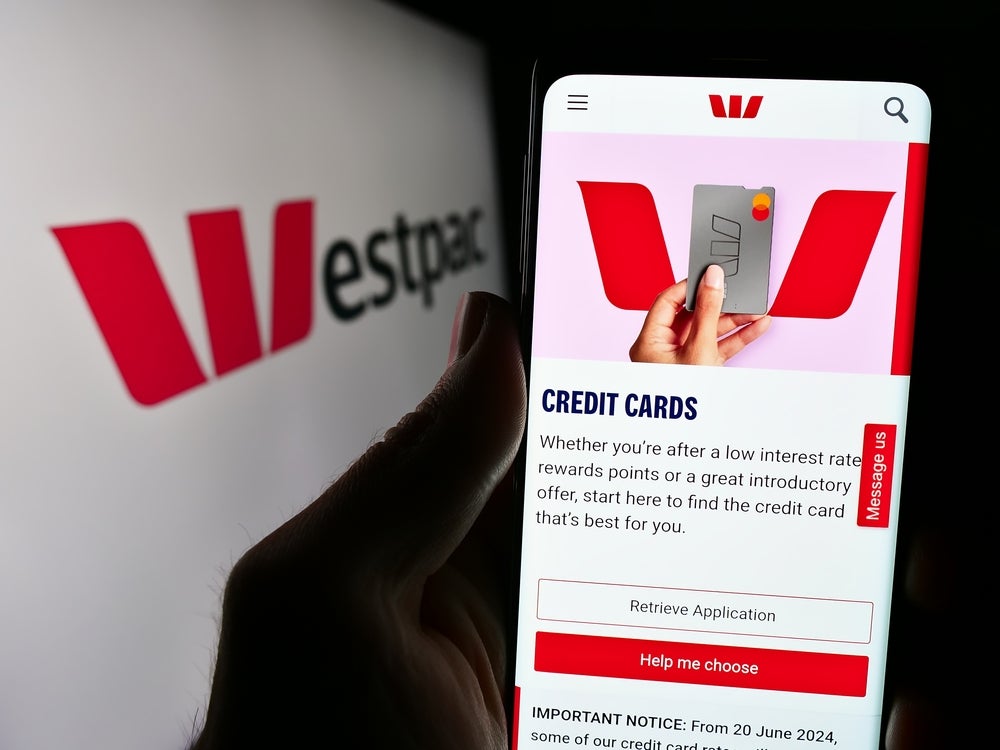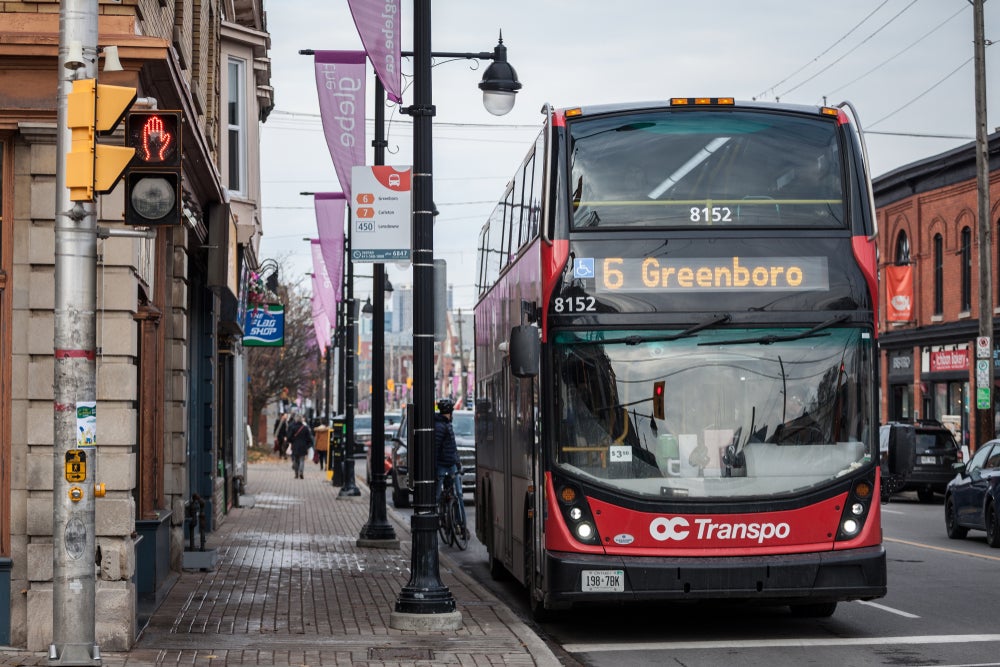transaction volumes in the US has reshaped the payments landscape,
as issuers seek to persuade new cardholders into joining
comprehensive programmes aimed at retention and loyalty; however,
uptake of rewards programmes by issuers is slowing. Charles
Davis reports.
Improving retention, driving greater transaction frequency and
building cross-sell relationships are all goals of debit issuers,
all seeking the magic combination of rewards and pricing that will
maximise loyalty while ensuring profitability.
With thinner profit margins on the debit side, it’s a volume
business at heart. Rewards that work on the credit card portfolio
do not easily translate to the debit card market, experts say, and
the bigger players have to reach deeper in their corporate pockets
to fund attention-grabbing rewards programmes such as Bank of
America’s (BofA) Keep the Change system and Citibank’s Thank You
rewards offering.
Perhaps that’s why the latest figures show that debit card
rewards programmes, while still growing, have a slowing issuer
adoption rate of growth. A recent survey by Dove Consulting, a
division of Hitachi Consulting, said 37 percent of issuers now
support debit card reward programmes, an increase of just 1 percent
compared with a year earlier.
The question is whether the slowdown reflects a pause, as debit
issuers race just to keep up with their rapidly growing portfolios,
or something more structural, given the predominance of rewards
programmes among the largest US banks.
Mixed views
How well do you really know your competitors?
Access the most comprehensive Company Profiles on the market, powered by GlobalData. Save hours of research. Gain competitive edge.

Thank you!
Your download email will arrive shortly
Not ready to buy yet? Download a free sample
We are confident about the unique quality of our Company Profiles. However, we want you to make the most beneficial decision for your business, so we offer a free sample that you can download by submitting the below form
By GlobalDataMost industry analysts said that despite several significant
obstacles, debit rewards are a much-needed part of the overall
portfolio and a bridge to greater customer loyalty and retention.
They expect the number of debit issuers offering debit rewards to
increase gradually over the next few years as several promising
association- and processor-led rewards programmes get rolling.
The Dove survey, for example, found that 20 percent of debit
card issuers that do not support a rewards programme say they are
considering offering one. The survey, commissioned by the Pulse EFT
Association, the debit network owned by Morgan Stanley, also found
that 68 percent of large banks offer a rewards programme tied to
debit cards. Clearly, early rewards programmes are heavily
concentrated among issuers able to leverage economies of scale
needed to fund them. Smaller banks may soon face the inevitability
of jumping on the debit rewards bandwagon, or risk losing customers
motivated by the prospect of rewards for their everyday debit
purchases.
Some issuers have been reluctant to launch rewards programmes
because of their cost, and because many are unconvinced that the
cost of adopting, promoting and running such programmes can be
recovered through higher transaction volumes and larger account
balances. Interchange rates remain the central issue. Visa and
MasterCard credit cards with rewards programmes typically charge
higher rates than cards without such programmes.
Interchange rates for debit cards, however, are the same whether
the card has a rewards programme or not, and debit rates are fixed
at $0.01 per transaction for PIN debit transactions or 1.2 percent
of the transaction plus $0.10 for purchases made with signature
debit.
The numbers of US debit cardholders enrolled in debit rewards
programmes remains quite low. Bruce Cundiff, a senior analyst for
Javelin Strategy & Research, estimated in a December 2006
research note entitled “Debit Rewards Programmes: Formulating
Offerings that Accelerate ROI” that 75 percent of debit cardholders
who participated in the study did not receive rewards for debit
purchases.
“What issuers are interested in is driving signature debit at
the point of sale, and transaction driving is the selling point,
not loyalty so much as transaction volume,” Cundiff said. “The
associations have a turnkey solution, and it’s easy enough to take
those, but they may not be exactly what consumers want. So you jump
on board, and you get lift, but it’s short-term lift, and so
issuers are re-evaluating whether to go it alone with their own
systems that don’t rely on catalogue points.”
That prospect worries the associations, which view debit cards
as the linchpin, tied to the checking account, which binds a
consumer to a financial institution. Officials remain confident,
however, that debit rewards are here to stay and will eventually
become a standard feature for all debit card customers.
Nancy Krattli, Visa USA’s vice-president of consumer debit
products, told CI in an interview that 14 of the association’s top
15 issuers have a reward product for their debit card, and said
that the association’s data makes a convincing case for smaller
issuers as well. She said: “In the context of rapid growth in debit
overall, we see rewards as a significant tool in the issuer’s
arsenal. It’s giving our issuers a 30 percent lift overall,
increasing not only volume but retention and loyalty as well.”
Krattli said that issuers have to meet customer expectations for
rewards. “Consumers expect this – 81 percent of all US consumers
are enrolled in some type of rewards or loyalty programme, so it’s
an option for us to shift cash and cheque spend with something they
are already expecting,” she said.
Promoting low-value card payments
Rewards also encourage greater use of debit for smaller,
cash-dominated transactions. With 45 percent of all transactions
still made by cash and cheque, Krattli said, there is still a huge
opportunity for issuers to look at ways to differentiate their
products and go after those cash and cheque expenditures.
“The business case and economics for debit rewards should focus
on what they are trying to accomplish, who they are targeting and
for what sorts of payments. You have to factor in all sorts of
things, from loyalty to offset costs to retention,” Krattli said.
“We think we have a strong business case, based on real data.”
For example, Krattli said that participants in debit card
rewards programmes conduct, on average, 3.4 more transactions per
month and spend, on average, $128 more per month, than those not
enrolled. The share of all Visa debit cardholders participating in
rewards programmes grew to 12 percent last year, from 2 percent in
2002.
The type of reward offered may prove crucial to the rewards
equation. While few debit cardholders told Cundiff that they desire
catalogue points as a reward, catalogue points are the most common
type of rewards offered. On the other hand, most consumers said
they want cash back for debit purchases, but few issuers currently
have built their debit rewards programmes around cashback rebates.
Bank of America and Washington Mutual, a debit MasterCard issuer,
are notable exceptions. Washington Mutual, for example, offers
$0.03 cash back for up to $250 annually for purchases made by
signing the transaction slip instead of entering a PIN.
With Keep the Change, BofA rounds up the cardholder’s
transaction to the nearest dollar and deposits the balance into a
BofA savings account. The bank also matches the deposits up to $250
annually. Since the programme’s inception, more than 4 million
customers have enrolled in Keep the Change and saved about $400
million. BofA officials credit the programme for helping the bank
add 487,000 net new retail checking accounts in the first quarter
of 2007.
Bias against PIN
Tying rewards to signature-based debit can steer cardholders
away from less profitable PIN-based transactions, and the vast
majority of US debit rewards programmes exclude PIN-based
transactions entirely to encourage signature-based volume. In a
2006 study of the top 50 US banks, US research consultancy Mercator
found that of the 42 debit rewards programmes among the top banks,
27 rewarded only signature-based transactions.
HSBC North America is an exception. It recently announced plans
to offer retailers within the next six months a PIN-based debit
card loyalty rewards programme that uses the low-cost Tempo Payment
Network. The programme, called OptiPay, is the industry’s first
PIN-debit rewards programme, and aims to offer retailers reduced
payment-processing costs for its merchant-branded card, while
providing cardholders with rewards based on their shopping
habits.
Incremental interchange income plays an important role in
funding debit rewards, along with membership fees and related
transaction fees. For some institutions this revenue mix is enough
to make debit rewards self-sufficient, but most also account for
cost savings in steering customers away from cash and cheques and
away from PIN-based debit. Thanks to the tighter margins on the
debit portfolio, some US rewards programmes carry annual fees,
although those fees still represent a sizeable minority of top
issuers (14 of the top 43 programmes in the Mercator study charged
annual fees).
Annual fees for high-end airline rewards programmes, such as the
Citibank/AAdvantage Debit Card ($65) and the Signature Rewards
programme marketed by Merrill Lynch ($95), represent the high end
of the market. Rewards in those programmes mirror those of credit
card programmes.
Linking rewards programmes
As rewards offerings continue to evolve, look for greater use of
something Visa’s Krattli described as the “householding of points”,
in which customers earn rewards points at various levels for every
financial relationship they have with an institution. Citi’s Thank
You rewards pioneered this concept. Krattli said two Visa issuers
are piloting household rewards programmes and many others are
interested in studying the concept.
“It’s a really appealing concept, and the appeal is obvious:
your points accumulate faster and in one account,” Krattli told CI.
“If you have a credit card, a debit card, a mortgage, a home equity
line, a car loan, then you drop those points into a single
account.”
Wachovia’s Possibilities Rewards is a step in that direction,
said Carol Clark, a Wachovia spokesperson. Wachovia allows its
Possibilities Rewards cardholders to combine their credit and debit
spending to earn points, and offers a wide range of rewards,
including travel rewards, cashback rebates and a catalogue gift
programme. The card has no annual fee and relatively low interest
rates on the credit side.
“It’s been a great response from our customers, and the feedback
from our customers has been uniformly positive,” Clark told CI. “We
perceived a real need for a product that simplifies the rewards
piece.”
John Potok, product manager for debit cards for First Data Debit
Services, said that turnkey third-party debit rewards offerings
eventually will mean that everyone has some level of rewards. In
April First Data announced the launch of Customer Linked Rewards, a
system that enables financial institutions to reward a customer for
all of their relationships within a single, branded loyalty
programme. In addition, Customer Linked Rewards enables any
financial institution, retailer or business to use First Data’s
robust reward engine and communication tools, independent of
payment and card processing agreements.
“What we’ve done is make it as simple, or as complicated, as the
client wants – we can go from the online catalogue and a point per
dollar to multi-tiered cashback programmes with two or three
different offerings,” Potok said.
“The rewards that our clients use are all over the map, and we
see segmentation as a real advance in the marketplace. We can
facilitate bonus reward promotions, so a debit issuer can offer
seasonal rewards, for example, five points for every dollar in gas
at the pump in the summertime, or triple points at the supermarket
during Christmas.”
Potok said that First Data urges issuers to view debit rewards
as a logical first step toward what he calls a “holistic approach”
in which institutions reward mortgages, home equity lines of credit
and other loans.
Re-evaluate offerings
First Data research indicates that the average financial
institution has an active card base of 57 percent, defined as a
cardholder making at least one transaction within 30 days. Average
transaction volume stands at about 21 transactions a month, and the
average transaction amount is $39 to $40.
“Each one of those numbers can be targeted with rewards
programmes,” Potok said. “We can we think outside the box a bit
about driving some larger-value transactions like bills, which will
drive that transaction average up. Then you want that low-ticket
transaction as well, because you are still increasing interchange
rates and you begin to move that activation rate.”
The bottom line, Potok said, is that issuers should constantly
tweak their rewards offerings to maintain top-of-wallet status.
“Don’t make it stagnant – change it up, offer lots of wrinkles
and communicate them to the cardholder frequently,” he said.








